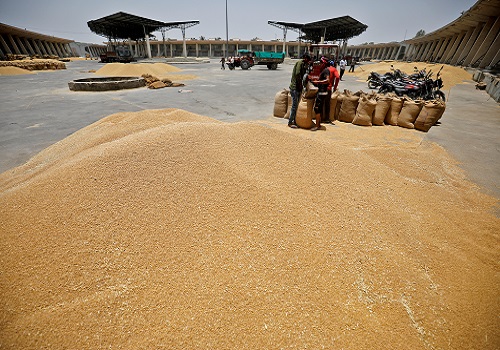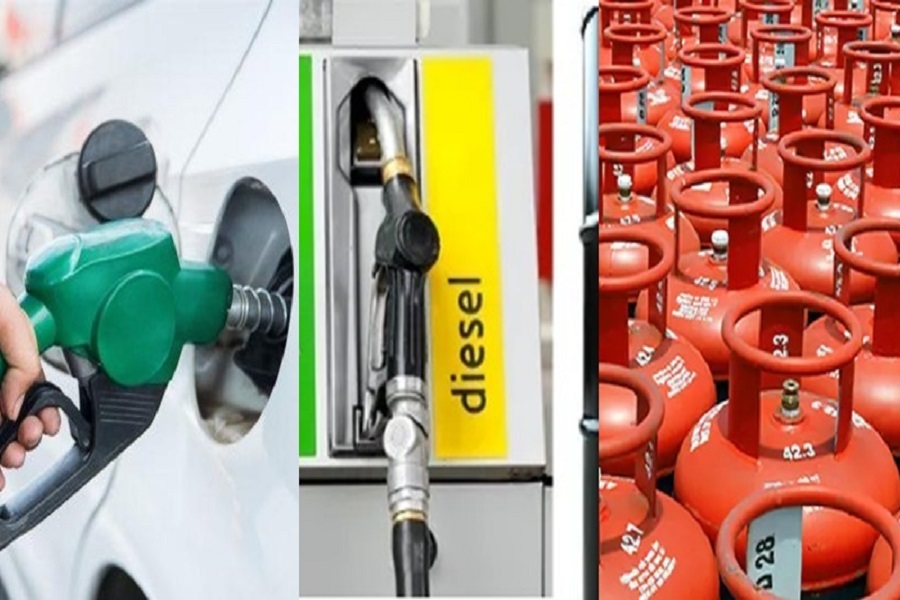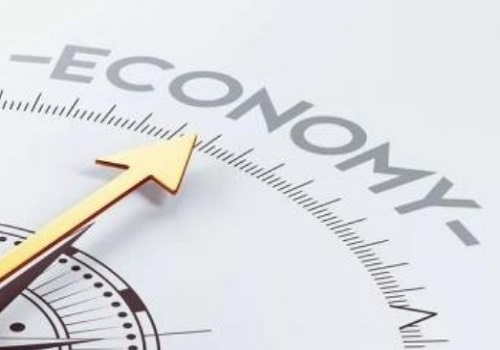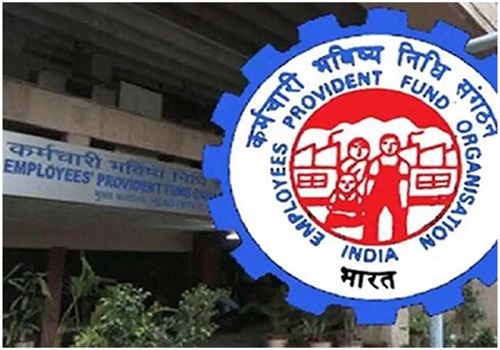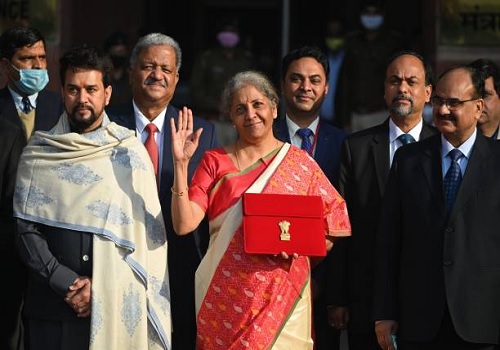Centre`s 7-month fiscal deficit at 46.5 per cent of full year target
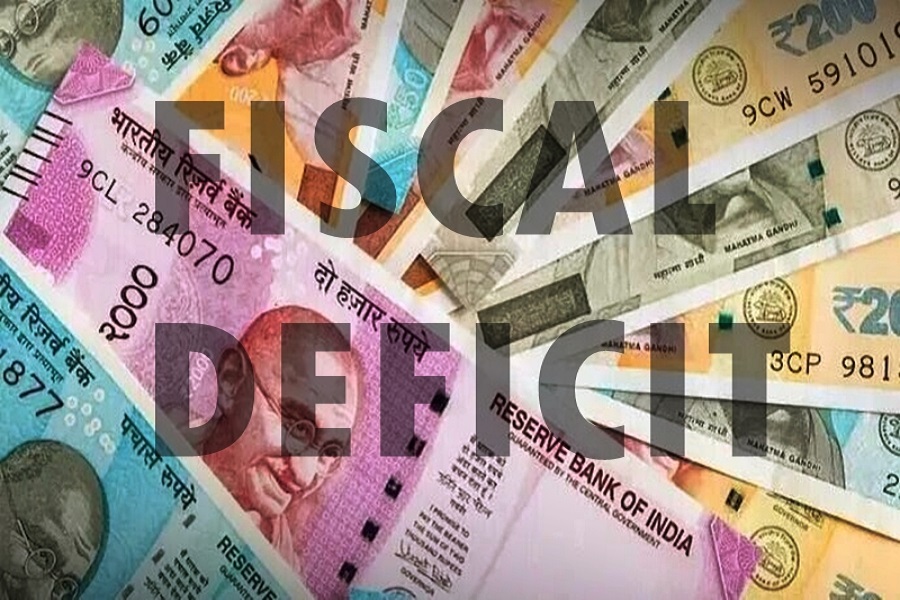
Follow us Now on Telegram ! Get daily 10 - 12 important updates on Business, Finance and Investment. Join our Telegram Channel
Centre's fiscal deficit at the end of the first seven months (April-October) of the current financial year works out to 46.5 per cent of the full-year target, official data released on Friday showed.
This reflects a strong macroeconomic financial position with the government sticking to the fiscal consolidation path.
The government aims to bring down the fiscal deficit to 4.9 per cent of gross domestic product (GDP) in the current financial year from 5.6 per cent in 2023-24.
In absolute terms, the fiscal deficit -- the gap between the government's expenditure and revenue -- was at Rs 7,50,824 crore during April-October this year, according to data released by the Controller General of Accounts (CGA).
The revenue-expenditure data of the Union government for the first seven months of 2024-25 showed that the net tax revenue was about Rs 13 lakh crore or 50.5 per cent of budget estimate for the current fiscal.
The government aims to contain the fiscal deficit at Rs 16.13 lakh crore during the current fiscal.
India's net direct tax collections, comprising corporate tax and personal income tax, shot up by a robust 15.4 per cent to Rs 12.1 lakh crore, from April 1 to November 10 during the current financial year, according to the latest figures released by the Central Board of Direct Taxes (CBDT).
The target for direct collections was fixed at Rs. 18.23 lakh crore in the Union Budget for 2023-24 and later increased to Rs. 19.45 lakh crore in the Revised Estimates (RE). The provisional Direct Tax collections (net of the refunds) have exceeded the BE by 7.40 per cent and RE by 0.67 per cent, the CBDT said.
Similarly, there has been a robust growth in GST collections on the back of rising economic activity.
The buoyancy in tax collections places more funds in the government's coffers to undertake investments in large infrastructure projects to spur economic growth and take up welfare schemes for the poor.
It also helps to keep the fiscal deficit in check and strengthen the macroeconomic fundamentals of the economy.
A lower fiscal deficit means the government has to borrow less, which leaves more money in the banking system for big companies to borrow and invest. This in turn leads to a higher economic growth rate and the creation of more jobs.
A low fiscal deficit also keeps the inflation rate in check, which imparts stability to the economy.














